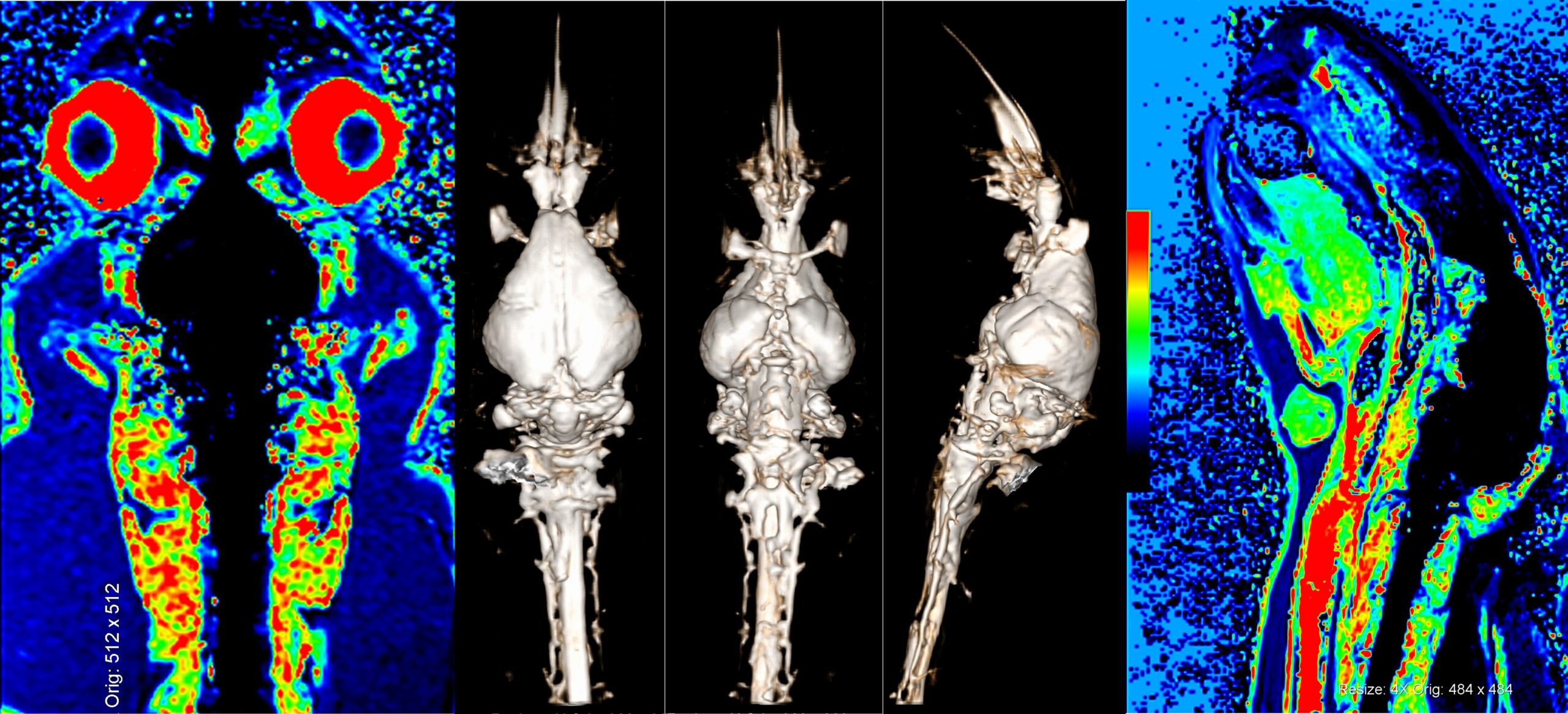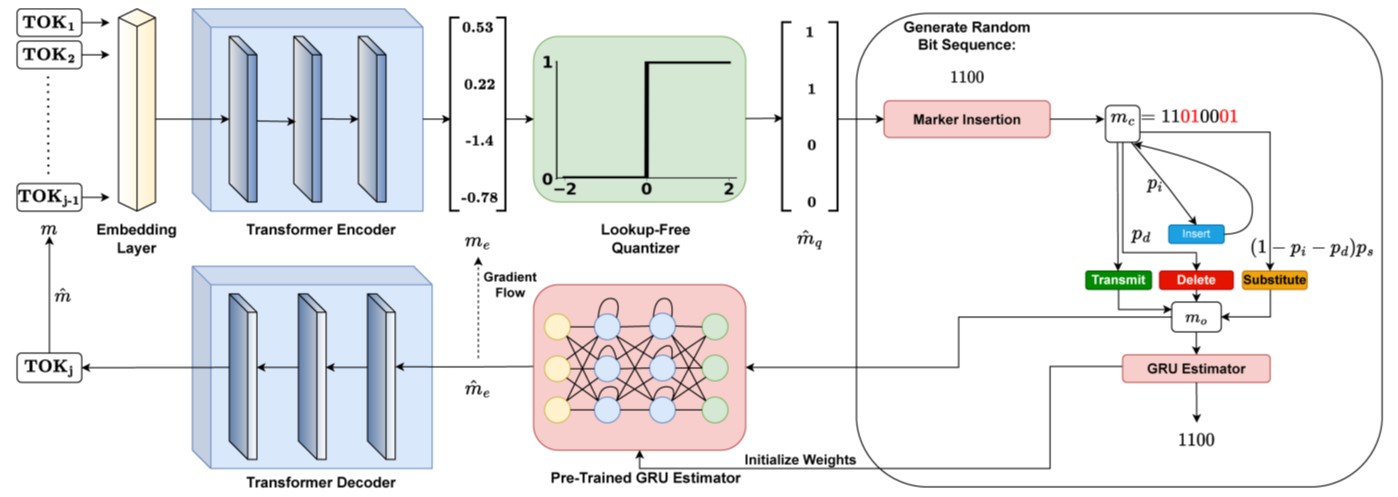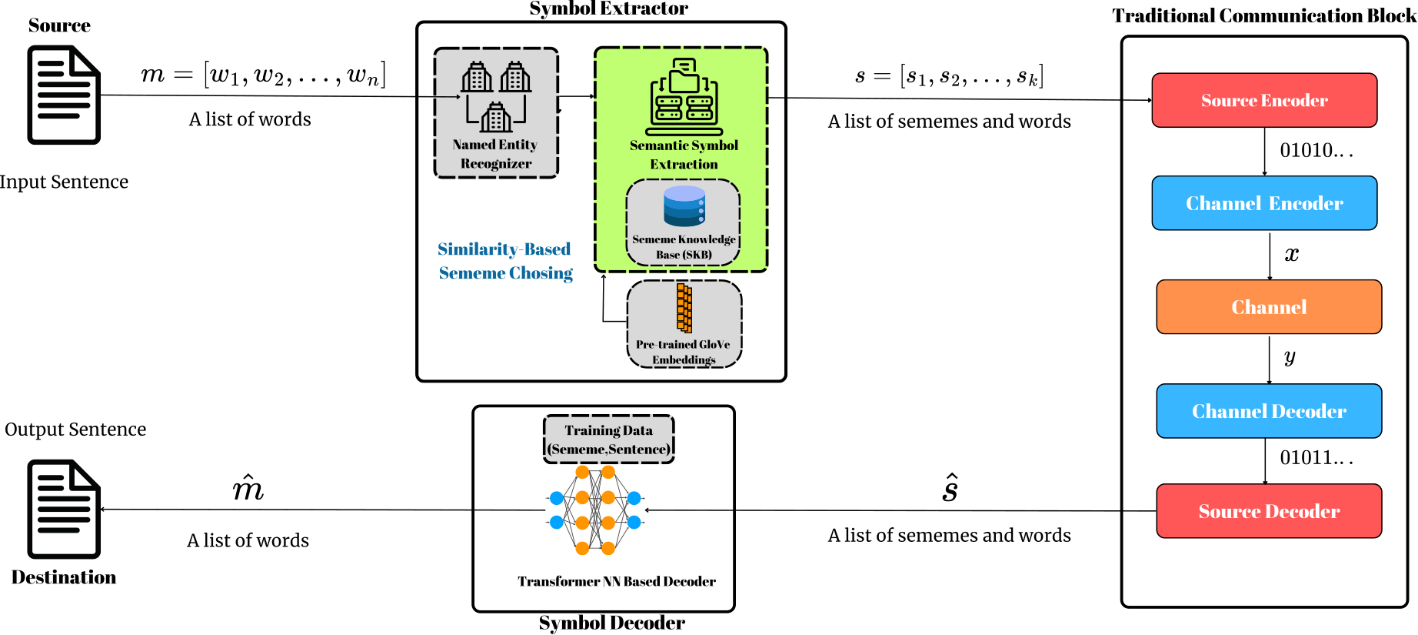Oktay Algin and his colleagues conducted two studies published in two international scientific journals. The names of these studies are ‘Evaluation of the Glymphatic System in Rabbits Using Gadobutrol-Enhanced MR Cisternography With T1 and T2 Mapping’ and ‘Thalamo-insular cortex connections in the rat and human’. The related articles can be accessed at the following links: https://pubmed.ncbi.nlm.nih.gov/39746567/ https://pubmed.ncbi.nlm.nih.gov/39746567/
Read More



